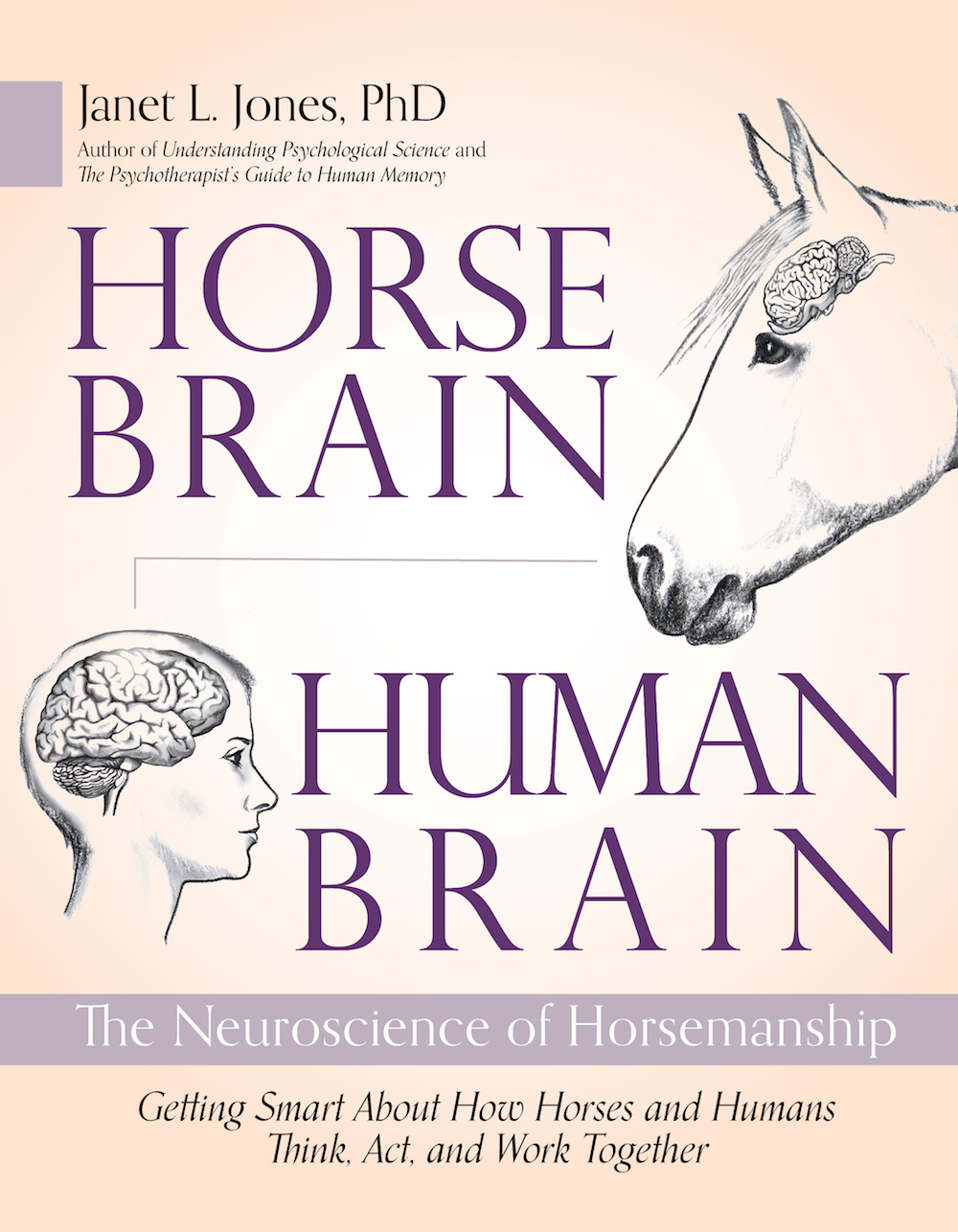Last week, we talked about teaching a horse to trot with you in groundwork, with crisp forward movement when you request it.
But he also needs to back up when you do.
To back a horse in this sequence, begin at the halt, facing forward as usual. Turn 180 degrees so that your body is facing backward and the left side of the horse’s face is next to your left arm. Bump the halter back as you walk toward the horse’s shoulder. He should move back.
If your horse is stubborn on this—my green Warmblood True often is—tap a whip or stick across his chest as you bump the halter back. Again, I must clarify: whips or sticks are ONLY used as extensions of your body. Because horses are big, human arms cannot reach every spot, so we have to use tools.
The whip or stick is never to be used as an agent of punishment or harm. Punishment is the least effective method of teaching any lesson, and it creates a host of new problems in its wake.
So, just tap the whip against the skin of his chest lightly. You’re merely trying to signal your intention, not punish or scare the horse. True was stubborn on learning to back, both on the ground and from the saddle. He stood like a rock when I tapped his chest lightly.
In that case, try tapping it faster. Not harder, just at a faster rate.
If that still doesn’t work, you’ll have to use the halter to back him up, teach him the word “back,” and reward for good performance until he gets the idea. Then try with the lighter method again.
When your horse learns to back with you facing him, turn your body to the front and teach him to back while you walk backward.
The idea of movement in groundwork is to teach your horse to pay attention to your body language. That’s a very critical lesson for a young horse, who might not yet know that riders are going to communicate using body language, too.
It also teaches him to remain in spatial position no matter what you do—walk, jog, halt, turn, back. When your horse remains in his spatial position throughout the sequence, while leaving you free inside your human bubble, you’re ready to begin the next step.
This involves teaching the horse about spatial boundaries and obedience in more detail.
Place your horse in a standstill. Now begin to move to different locations around his body. You will need to lengthen the lead rope at times but it should remain in your hand and in a slack position no matter where you are.
With True, I move one step to the right side of his neck, and he wants to come with me. I bump him back into position with the halter and say “whoa.” There’s no shouting or sharp bumping—he’s learning! Everything needs to be gentle, calm, easy.
When the horse returns to the correct position, I praise and stroke. Too often, we tell our horses what they’re doing wrong, but we forget to tell them what they’ve done right!
Each time I take a step in any direction, True’s job is to remain still. His head and neck can move, but not his feet. With this exercise, soon you will be able to adopt any position within 10 feet of your horse while he remains in place, including positions to the sides of his hindquarters.
Why do I bother with all this groundwork?
First, it teaches horses to pay attention to their humans. That’s a lesson that is critical to all training. Your horse can’t learn anything on the ground or in the saddle if he’s not paying attention to you.
Second, it teaches horses that humans use body language, as mentioned above.
Third, it teaches that humans have boundaries. They cannot be stepped on or bumped into. They deserve respect and require space. That lesson is critical to your safety.
And fourth, groundwork increases the horse-and-human bond. It teaches the horse to trust in you for guidance, whether you are riding her or on the ground beside her.
More on ground work:
Brain-Based Horsemanship is a weekly column that chronicles Janet Jones, PhD, and her journey with True, a Dutch Warmblood she trained from age three using neuroscience best practices. Read more about brain-based training in Jones’ award winning book Horse Brain, Human Brain.

A version of this story originally appeared on janet-jones.com. It is reprinted here with permission.


 April 18, 2024
April 18, 2024 

























